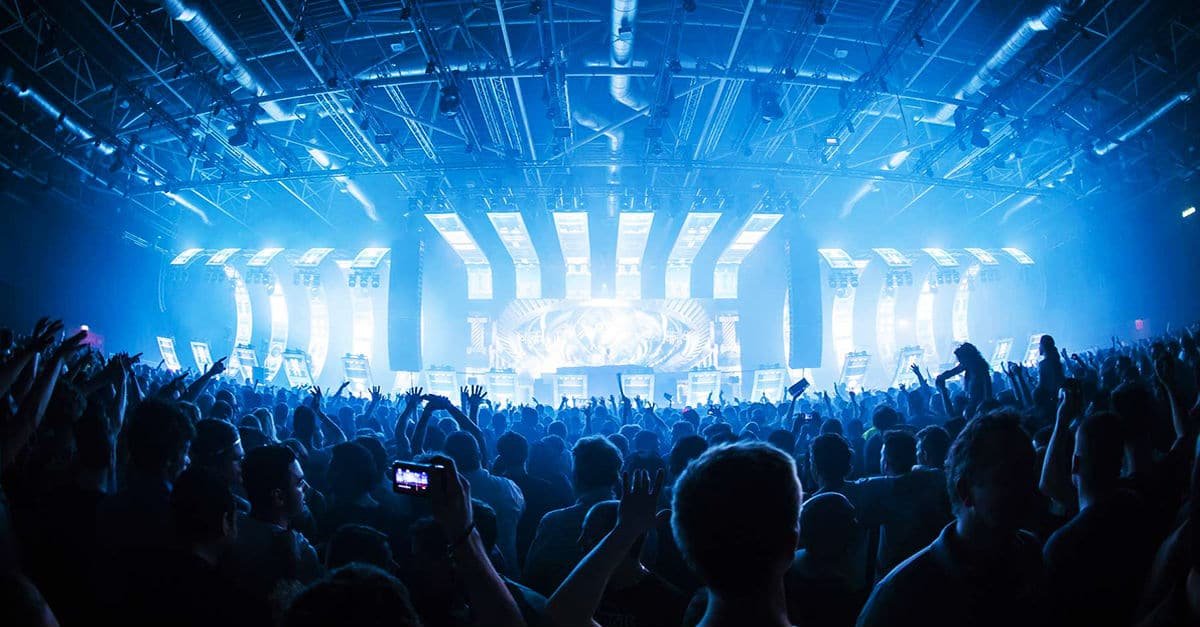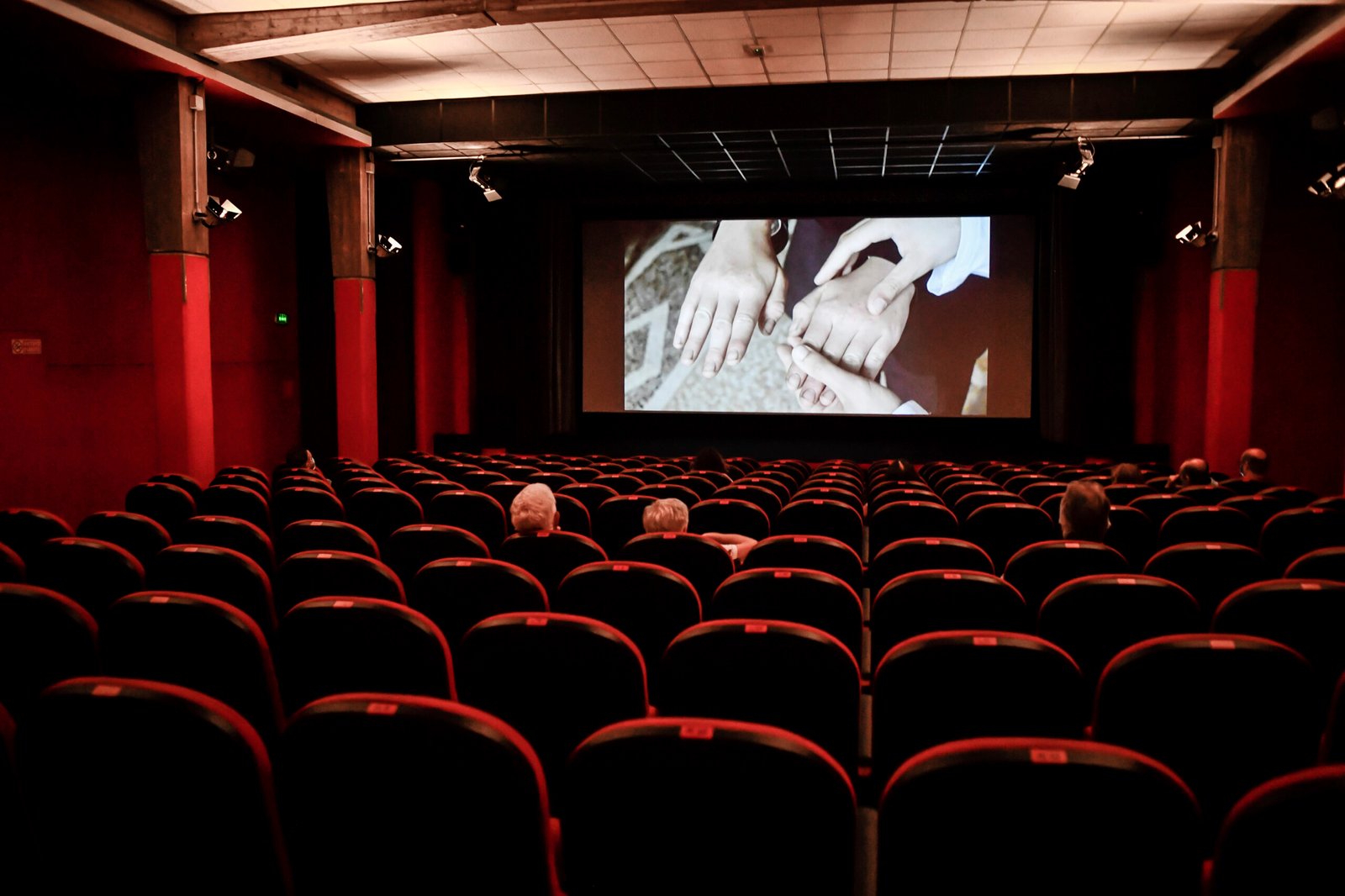Trance music is a genre of electronic dance music known for its repetitive beats and uplifting melodies. It often evokes a sense of euphoria and is designed to take listeners on an emotional journey. Trance music has evolved significantly since its inception and continues to influence various aspects of popular culture. This genre has a dedicated following and plays a major role in electronic music festivals and clubs around the world. Understanding trance music not only highlights its distinct characteristics but also shows how it has impacted other music genres and continues to shape musical trends. Whether you’re a longtime fan or new to the scene, learning about trance music provides insight into its rich history and vibrant future.
What is Trance Music?
Definition and Core Characteristics
Trance music is a subgenre of electronic dance music (EDM) known for its hypnotic rhythms and melodic structure. It typically features a tempo between 125 and 150 beats per minute, creating a steady and driving beat that encourages dancing. The genre is characterized by its use of repetitive melodies and harmonies, which are intended to create a trance-like state for listeners. Common elements include build-ups and breakdowns that lead to euphoric drops, as well as extended mixes that allow the music to flow seamlessly over long periods. Trance music often incorporates atmospheric sounds and effects, contributing to its immersive experience.
Key Elements That Define Trance Music
The key elements of trance music include its distinct tempo, rhythm, and melodic progression. The steady, driving beats are essential for maintaining the genre’s energy and rhythm. Melodic elements, such as arpeggios and synthesizer leads, play a crucial role in creating the uplifting and euphoric sound that trance is known for. Additionally, trance music often features atmospheric pads and effects that add depth and texture to the tracks. The use of build-ups and breakdowns helps create dynamic contrasts and keeps the listener engaged. These elements work together to create a cohesive and captivating musical experience that defines the trance genre.
The History of Trance Music
Early Beginnings and Evolution
Trance music originated in the late 1980s and early 1990s, emerging as a blend of various electronic music styles. It began as an evolution of techno and house music, incorporating elements of psychedelic and ambient music. The genre’s early development was marked by a focus on creating a hypnotic and immersive soundscape. By the mid-1990s, trance music gained popularity in Europe, particularly in Germany and the United Kingdom, with artists like Paul van Dyk and Tiësto becoming influential figures in the scene. Over the years, trance has evolved and diversified, leading to the creation of various subgenres and styles that continue to shape its development today.
Influential Artists and Milestones in the Genre’s Development
Several artists have played a pivotal role in the development of trance music. Early pioneers like Sven Väth and Frank Tavaglione helped shape the genre’s sound and direction. The late 1990s and early 2000s saw the rise of iconic figures such as Armin van Buuren, who became known for his uplifting trance productions and radio show “A State of Trance.” Tiësto, another influential artist, contributed to the genre’s global popularity with his innovative tracks and high-energy performances. These artists, among others, have helped define trance music and ensure its continued evolution and relevance in the electronic music landscape.
Popular Trance Music Styles
Progressive Trance
Progressive trance is characterized by its gradual and evolving musical structure. Unlike other trance styles that may focus on high-energy drops, progressive trance emphasizes a more subtle and atmospheric approach. It often features longer, more intricate build-ups and breakdowns, creating a sense of tension and release. The genre incorporates deep basslines, evolving synth patterns, and smooth transitions, resulting in a sophisticated and immersive listening experience. Progressive trance has gained popularity for its ability to create a rich, layered sound that appeals to both casual listeners and dedicated fans of the genre.
Uplifting Trance
Uplifting trance is known for its euphoric and emotional sound. It features uplifting melodies, driving beats, and powerful build-ups that lead to energetic drops. The genre aims to evoke a sense of joy and euphoria, often using soaring synthesizer leads and uplifting chord progressions. Uplifting trance is popular in festival settings, where its high-energy sound helps create an atmosphere of celebration and excitement. Tracks in this style often have a fast tempo and a strong focus on melody, making them ideal for both dance floors and personal listening.
Psytrance
Psytrance, or psychedelic trance, is a subgenre known for its complex, hypnotic sound and psychedelic influences. It typically features fast tempos, intricate rhythms, and a wide range of synthesized sounds. Psytrance often incorporates elements from traditional trance music but adds a more experimental and otherworldly twist. The genre is characterized by its use of unusual sound effects, evolving textures, and trippy melodies. Psytrance has a strong following in the psychedelic community and is known for its immersive and mind-expanding listening experience.
Tech Trance
Tech trance combines elements of techno and trance music, resulting in a sound that is both rhythmic and melodic. It features driving beats, powerful basslines, and a focus on techno-influenced sound design. Tech trance tracks often have a darker and more aggressive edge compared to other trance styles, incorporating complex rhythms and minimalistic elements. The genre appeals to listeners who enjoy the energy and intensity of techno but also appreciate the melodic aspects of trance music.
Differences and Unique Features of Each Style
Each trance style has its own unique characteristics and appeal. Progressive trance is known for its subtle and evolving sound, while uplifting trance focuses on creating euphoric and energetic experiences. Psytrance offers a psychedelic twist with its complex rhythms and experimental sounds, while tech trance blends techno influences with trance elements for a darker, more intense sound. These differences highlight the diversity within the trance genre, allowing listeners to find styles that resonate with their individual tastes and preferences.
How Trance Music is Made
Common Production Techniques and Tools
Creating trance music involves a combination of specific production techniques and tools. Producers typically use digital audio workstations (DAWs) like Ableton Live, FL Studio, or Logic Pro to compose and arrange their tracks. Common techniques include layering multiple synthesizer sounds to create rich, complex textures and using sidechain compression to achieve the signature “pumping” effect. Effects such as reverb and delay are often employed to add space and depth to the music. Producers also rely on virtual instruments and plugins to craft the distinctive melodies and rhythms that define trance music.
Role of DJs and Producers in Creating Trance Tracks
DJs and producers play crucial roles in the creation and performance of trance music. Producers are responsible for composing, arranging, and mixing trance tracks, using their technical skills to shape the sound and structure of the music. They experiment with various sounds, effects, and production techniques to create tracks that stand out in the genre. DJs, on the other hand, are responsible for performing trance music live, using their skills to mix tracks and create seamless transitions between songs. They often add their own flair and creativity to their performances, enhancing the overall experience for their audience.
Trance Music’s Impact on Popular Culture
Influence on Other Music Genres
Trance music has had a significant influence on other genres, including pop, house, and techno. Elements of trance, such as its melodic structures and rhythmic patterns, have been incorporated into mainstream pop music, contributing to the genre’s widespread appeal. Many contemporary artists and producers draw inspiration from trance music, blending its characteristics with other styles to create new and innovative sounds. The genre’s emphasis on melody and emotion has also impacted the development of other electronic music genres, highlighting its versatility and relevance in the music industry.
Role in Festivals and Live Events
Trance music plays a prominent role in electronic music festivals and live events around the world. Festivals such as Tomorrowland, A State of Trance, and Ultra Music Festival feature trance music as a key component of their lineups, attracting large audiences who come to experience the genre’s high-energy performances and immersive atmosphere. Trance DJs and producers are often headliners at these events, drawing crowds with their dynamic sets and engaging stage presence. The genre’s impact on live events highlights its ability to connect with audiences and create memorable experiences.
Notable Collaborations and Cross-Genre Projects
Trance music has seen numerous collaborations and cross-genre projects that showcase its versatility and influence. Artists from various genres have worked together to create tracks that blend trance elements with other musical styles. For example, collaborations between trance producers and pop singers have resulted in chart-topping hits that incorporate trance’s melodic and rhythmic features. Additionally, trance artists often remix tracks from other genres, adding their unique touch and expanding the genre’s reach. These collaborations and projects highlight the genre’s ability to adapt and evolve, contributing to its ongoing relevance in the music industry.
Famous Trance Music Artists
Profiles of Key Figures in the Genre
Several artists have made significant contributions to the trance music scene. Armin van Buuren is known for his uplifting trance productions and his long-running radio show, “A State of Trance,” which has helped shape the genre’s global presence. Tiësto, another influential figure, gained fame for his innovative approach to trance and electronic music, becoming a major force in the genre. Paul van Dyk is celebrated for his pioneering work in trance and his ability to blend different styles within the genre. These artists, along with others, have helped define and popularize trance music through their creativity and dedication.
Contributions of Prominent Artists to the Trance Music Scene
Prominent artists in the trance music scene have made lasting impacts through their innovative tracks, performances, and influence on the genre. Armin van Buuren’s contributions include a wide range of influential tracks and albums that have helped shape the sound of uplifting trance. Tiësto’s work has pushed the boundaries of trance, incorporating new elements and collaborating with artists from various genres. Paul van Dyk’s pioneering efforts in trance music have earned him recognition as a key figure in the genre’s development. These artists have played essential roles in the evolution of trance music, influencing its direction and expanding its reach.
Listening to Trance Music
Recommended Tracks and Albums
For those new to trance music or looking to explore more, several tracks and albums are essential listening. Classic tracks like “Adagio for Strings” by Tiësto and “In and Out of Love” by Armin van Buuren are iconic examples of the genre’s uplifting and melodic qualities. Albums such as “Intense” by Armin van Buuren and “Elements of Life” by Tiësto showcase the range and depth of trance music. These recommendations provide a solid foundation for understanding the genre and appreciating its diverse styles.
Where to Find and Enjoy Trance Music
Trance music can be enjoyed through various platforms and media. Streaming services like Spotify, Apple Music, and SoundCloud offer a wide selection of trance tracks and playlists. Online radio stations and channels dedicated to electronic music, such as DI.fm and Afterhours.fm, provide continuous trance programming. Additionally, purchasing or downloading tracks from online stores like Beatport and iTunes allows fans to build their own collections. Live performances and DJ sets, whether at festivals or local clubs, offer an immersive experience for those looking to experience trance music in a dynamic setting.
Conclusion
Trance music is a genre that has significantly impacted the electronic music landscape. With its distinctive sound, emotional depth, and diverse styles, it continues to captivate audiences around the world. From its early beginnings to its influence on popular culture, trance music remains a vital and evolving part of the music industry. As the genre continues to grow and adapt, it will undoubtedly remain a powerful force in shaping musical trends and creating unforgettable experiences for listeners and fans.




